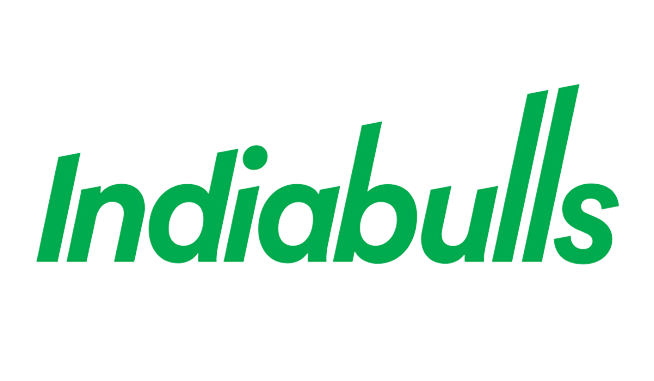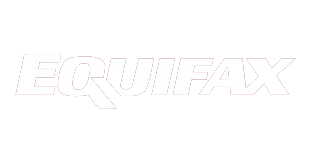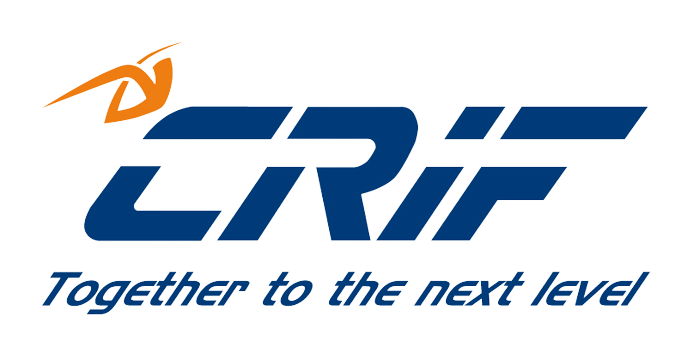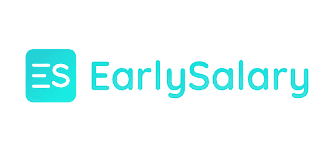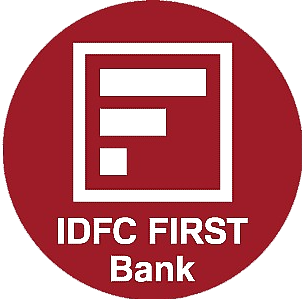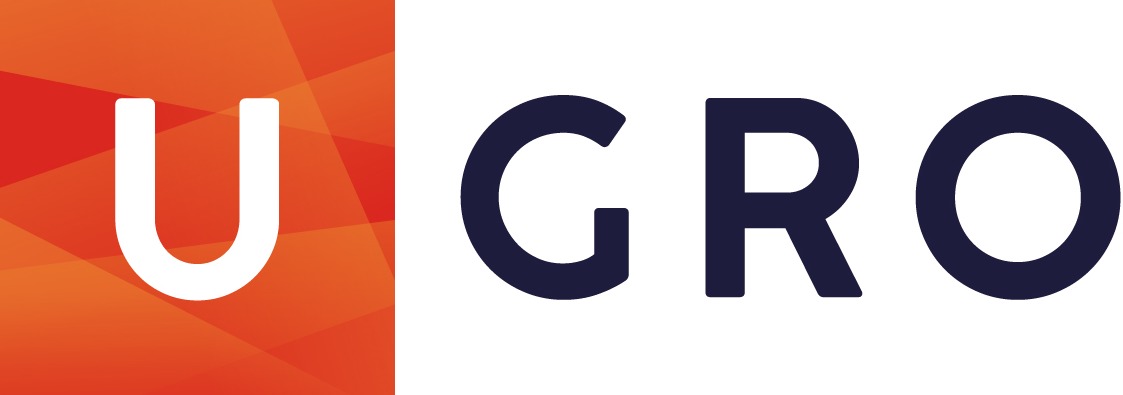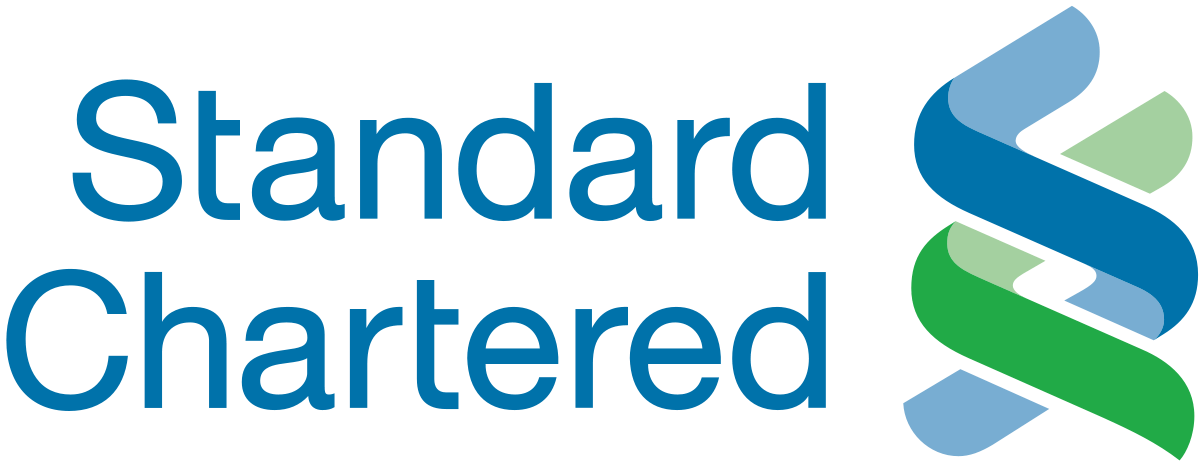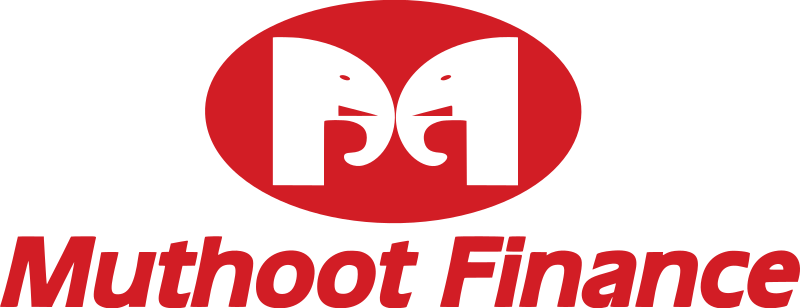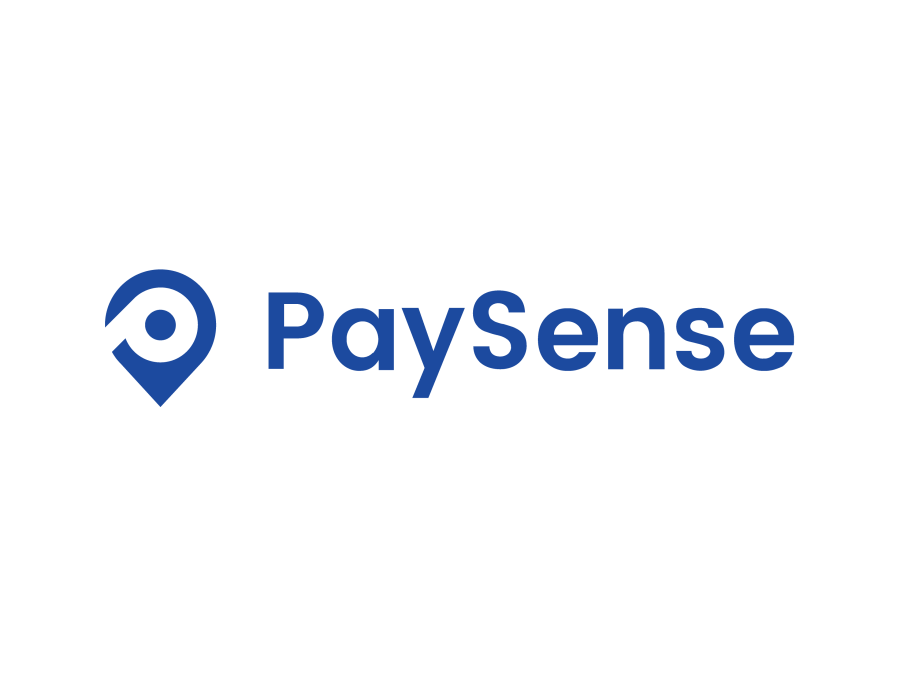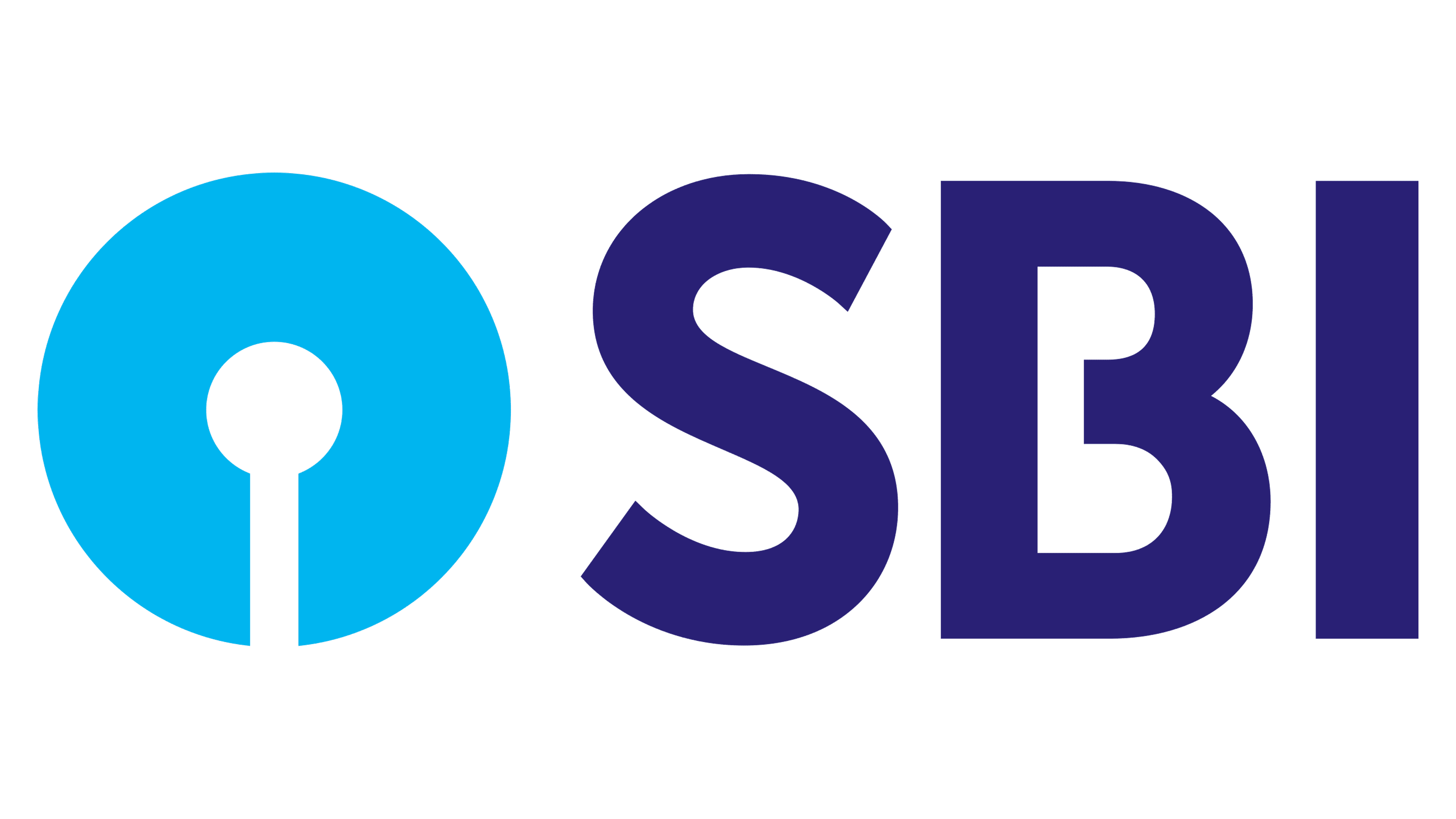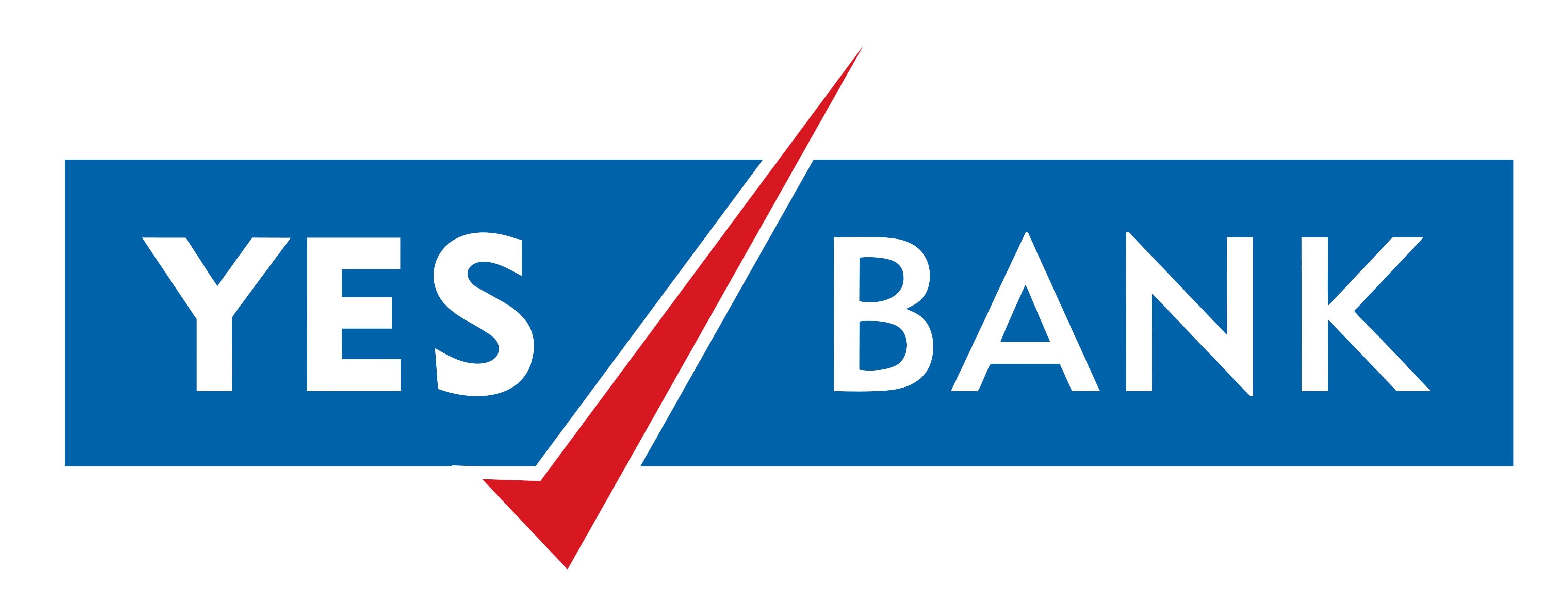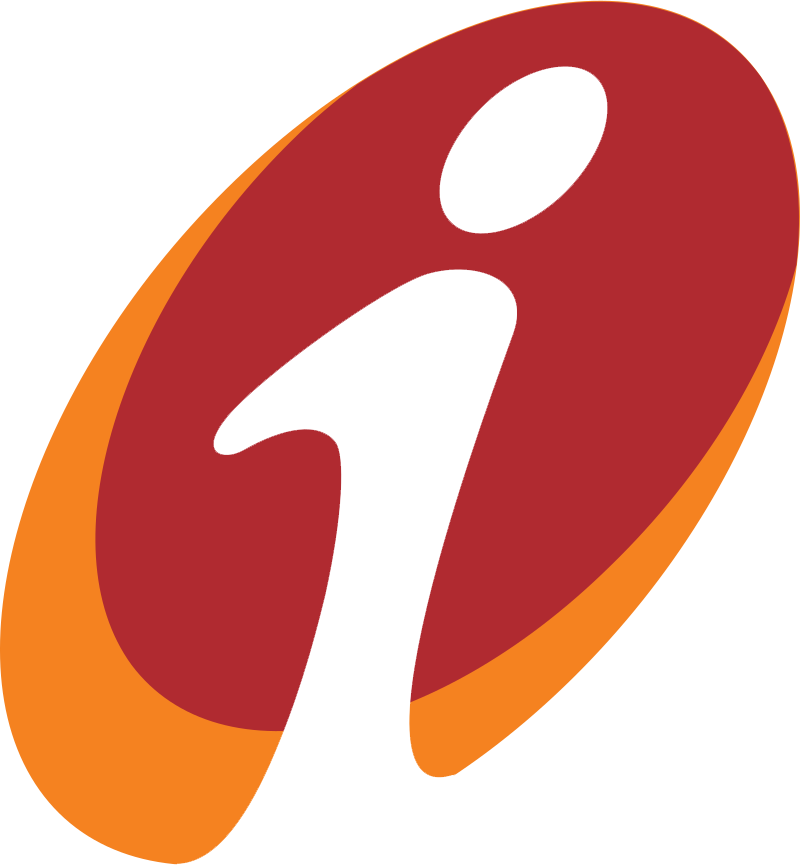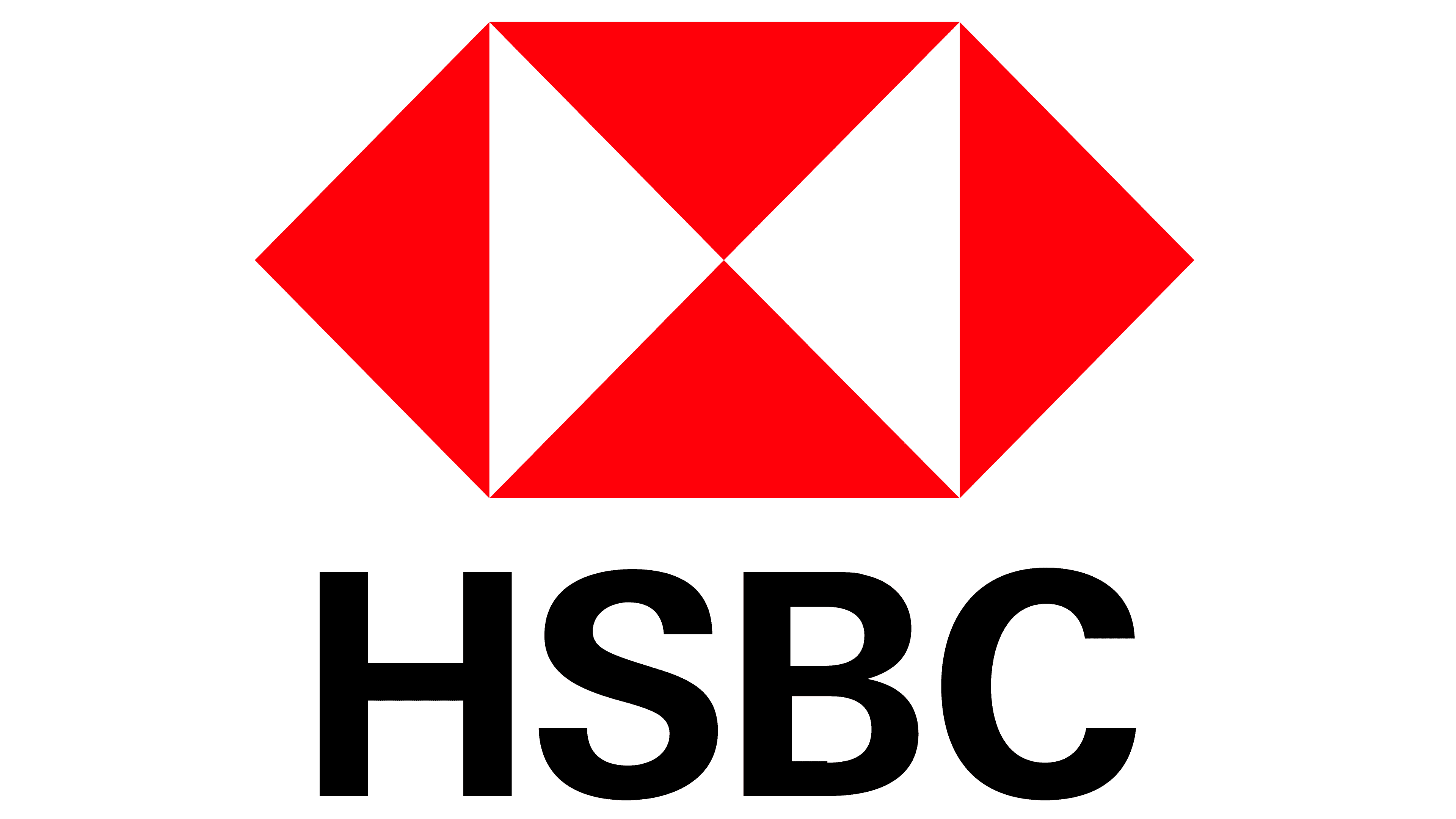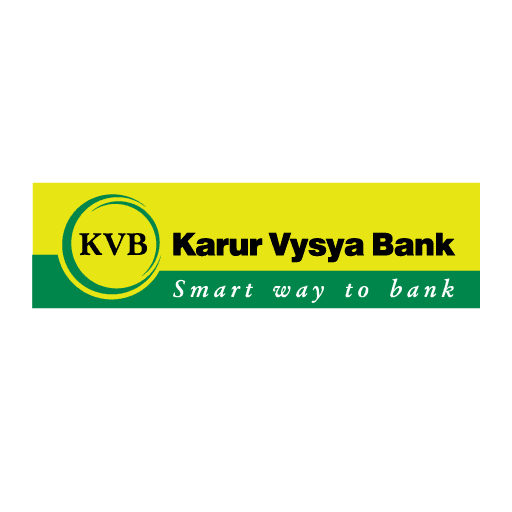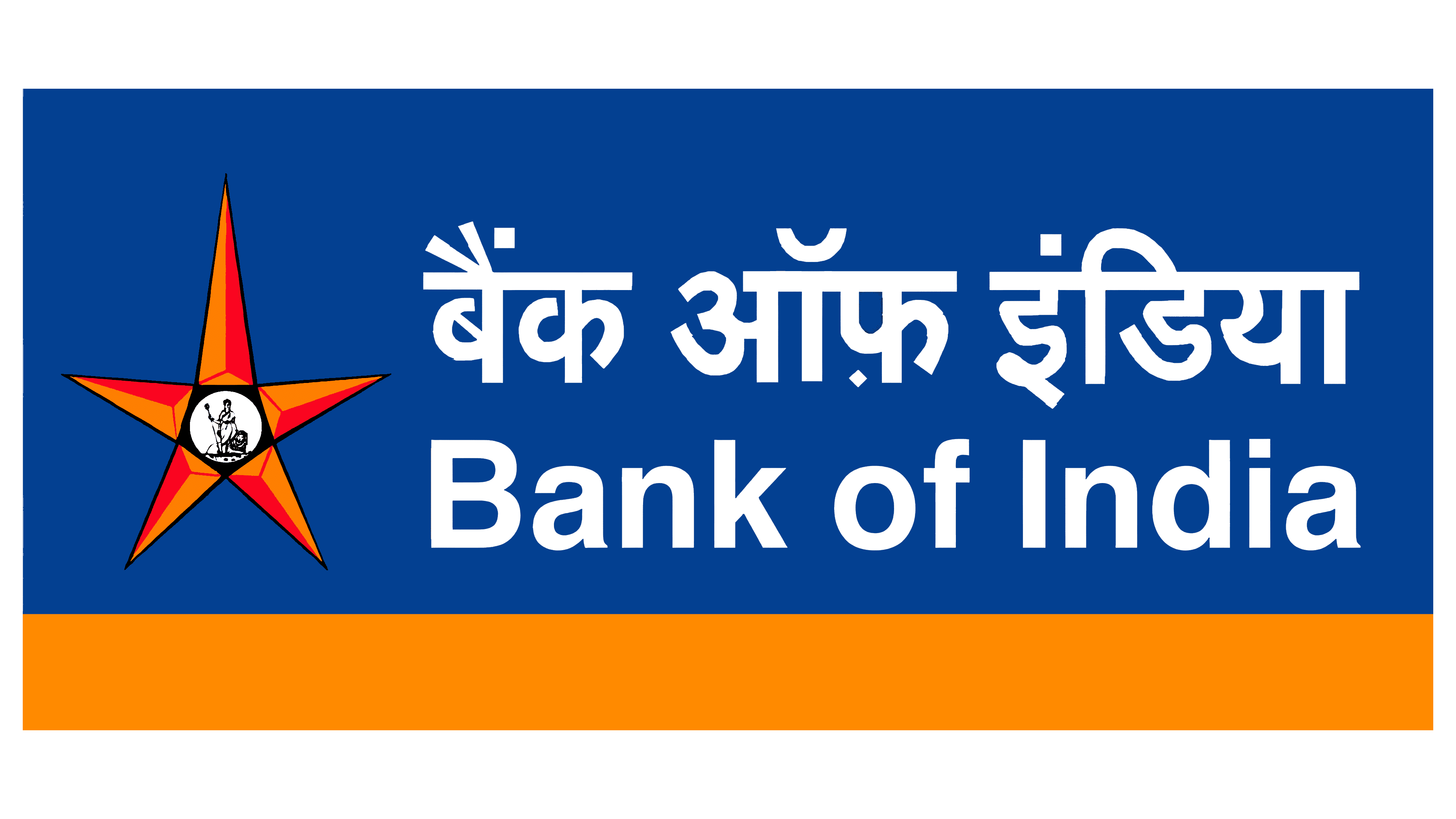Overdraft ( OD )
As aforementioned, borrowing through instant overdraft is just like borrowing a loan from a Bank/NBFC. Some customers are pre-entitled to avail an overdraft facility by the lender while some have to take approval. When the pre-entitled customers withdraw extra money from their account, their account balance becomes negative and the overdraft facility is activated automatically. The customers who require the lender’s approval to avail the temporary overdraft facility have to submit their request to their lender either in writing or through the official website. Overdraft taken against a bank account without submitting any security is considered an unsecured overdraft, while the overdraft where the collateral is pledged is considered a secured overdraft.
Approved Credit Limit: Overdraft is awarded over a predetermined limit. This limit can be different for each borrower
Interest Rate: The interest rate is charged on the amount of overdraft used. It is calculated on daily basis and it is billed to the account at month-end. If you default on paying the overdraft as per the set schedule, the interest amount will be added to the principal amount at the month-end and then interest will be calculated on the new principal
Nil prepayment charges: Whenever you want to prepay a loan, usually a prepayment charge is levied. However, this is not the case with the overdraft facility. When you repay the amount borrowed through overdraft you do not pay prepayment charges. Also, you need not repay the Overdraft amount in EMIs. You can repay the borrowed amount cumulatively
Repayment is not done through EMIs: Repay the overdraft whenever you have the money. You do not have to repay the overdraft amount like you repay a loan. You do not have to repay in Equated Monthly Instalments (EMIs). You can repay whatever amount you like whenever you like. However, if the lender demands a repayment, then you will have to fulfil that demand
Minimum Monthly Payment: Overdraft has no minimum monthly repayment however the amount you owe should be within the overdraft limit. You should not delay overdraft repayment for long, as it affects your credit score
Joint borrowers are allowed on Overdraft: If you take an overdraft jointly then you and your joint applicant are both, in effect, responsible for the entire debt. Irrespective of the proportion of overdraft borrowed, both the applicants are responsible for the timely repayment of the overdraft. This means that if one of the borrowers is unable to pay/defaults, then the other borrower has to pay the entire amount. In such a case, irrespective of the overdraft proportion of joint borrowers, all collaterals of each of the borrowers are at stake if a default occurs
Workings: Please note that your account may not automatically go into overdraft when you write a cheque. There are chances that your cheque is dishonoured instead of going into overdraft and then a dishonour charge may be levied on your account
Interest Rate: The interest rate is charged on the amount of overdraft used. It is calculated on daily basis and it is billed to the account at month-end. If you default on paying the overdraft as per the set schedule, the interest amount will be added to the principal amount at the month-end and then interest will be calculated on the new principal
Nil prepayment charges: Whenever you want to prepay a loan, usually a prepayment charge is levied. However, this is not the case with the overdraft facility. When you repay the amount borrowed through overdraft you do not pay prepayment charges. Also, you need not repay the Overdraft amount in EMIs. You can repay the borrowed amount cumulatively
Repayment is not done through EMIs: Repay the overdraft whenever you have the money. You do not have to repay the overdraft amount like you repay a loan. You do not have to repay in Equated Monthly Instalments (EMIs). You can repay whatever amount you like whenever you like. However, if the lender demands a repayment, then you will have to fulfil that demand
Minimum Monthly Payment: Overdraft has no minimum monthly repayment however the amount you owe should be within the overdraft limit. You should not delay overdraft repayment for long, as it affects your credit score
Joint borrowers are allowed on Overdraft: If you take an overdraft jointly then you and your joint applicant are both, in effect, responsible for the entire debt. Irrespective of the proportion of overdraft borrowed, both the applicants are responsible for the timely repayment of the overdraft. This means that if one of the borrowers is unable to pay/defaults, then the other borrower has to pay the entire amount. In such a case, irrespective of the overdraft proportion of joint borrowers, all collaterals of each of the borrowers are at stake if a default occurs
Workings: Please note that your account may not automatically go into overdraft when you write a cheque. There are chances that your cheque is dishonoured instead of going into overdraft and then a dishonour charge may be levied on your account
An overdraft facility can be granted to a borrower on a secured or unsecured basis. Secured overdraft is one where you pledge collateral (asset). If you are unable to repay your overdraft then the lender can sell off your assets to recover whatever they can. You shall be liable to pay the difference if the collateral asset doesn’t cover the cost of the withdrawn amount in the overdraft. Below mentioned are various types of Overdrafts:
1. Overdraft against Property
Overdraft facility is offered against your house as collateral. Overdraft is also offered to home loan customers who are looking for funds to settle their existing home loan repayments. Before approving the house as collateral, the assessment, valuation and survey of the property are done. Overdraft funds are given against property as collateral are not disbursed immediately because of the same. The sanctioned overdraft amount is usually up to 40%-50% of the property’s worth. Your credit history and repayment capacity are also considered while granting overdraft against the house as collateral.
2. Overdraft against Fixed Deposits
Getting the overdraft sanctioned against Fixed Deposits (FDs) and life insurance policies as collateral is easy in comparison to getting an overdraft sanctioned by keeping your home as collateral. One of the reasons is that property evaluation takes time. In any case, overdraft against FD is preferable for the lender too, as the customer’s FD account is with the lender and the lender knows the customer much better. If you avail an overdraft against your fixed deposit, then you are eligible for a higher percentage of sanctioned amounts, approx. 75%. The interest rate charged is also less if you keep FD as collateral. Usually, banks charge 2% more interest than the interest you are earning from the said fixed deposit if you keep the FD as collateral.
3. Overdraft against Insurance Policy
If you keep your insurance policy as your overdraft collateral then the sanctioned amount depends upon the surrender value of your insurance policy. The Loan to Value of the insurance policy is greater than the LTV of Fixed Deposits, i.e. you get more money sanctioned from the bank if you keep your insurance policy as collateral rather than when you keep your FD of the same amount as collateral.
4. Overdraft against Equity
Equity is not preferred as an option for collateral however it is possible to attain an overdraft facility through it. The reason is that equity is dependent on the market and thus its value fluctuates. This is why the percentage sanctioned for overdraft against equity as collateral is less.
5. Overdraft against Salary
Banks offer overdrafts for the salaried individuals against their salary too. You can get an overdraft limit of up to 2-3 times your salary but that may vary from bank to bank. To avail such an overdraft you need to have a salary account with the said bank. Such a facility is also called a short-term loan facility. Bank overdraft balance sheet is the primary source for banks to sanction borrowing limits.
1. Overdraft against Property
Overdraft facility is offered against your house as collateral. Overdraft is also offered to home loan customers who are looking for funds to settle their existing home loan repayments. Before approving the house as collateral, the assessment, valuation and survey of the property are done. Overdraft funds are given against property as collateral are not disbursed immediately because of the same. The sanctioned overdraft amount is usually up to 40%-50% of the property’s worth. Your credit history and repayment capacity are also considered while granting overdraft against the house as collateral.
2. Overdraft against Fixed Deposits
Getting the overdraft sanctioned against Fixed Deposits (FDs) and life insurance policies as collateral is easy in comparison to getting an overdraft sanctioned by keeping your home as collateral. One of the reasons is that property evaluation takes time. In any case, overdraft against FD is preferable for the lender too, as the customer’s FD account is with the lender and the lender knows the customer much better. If you avail an overdraft against your fixed deposit, then you are eligible for a higher percentage of sanctioned amounts, approx. 75%. The interest rate charged is also less if you keep FD as collateral. Usually, banks charge 2% more interest than the interest you are earning from the said fixed deposit if you keep the FD as collateral.
3. Overdraft against Insurance Policy
If you keep your insurance policy as your overdraft collateral then the sanctioned amount depends upon the surrender value of your insurance policy. The Loan to Value of the insurance policy is greater than the LTV of Fixed Deposits, i.e. you get more money sanctioned from the bank if you keep your insurance policy as collateral rather than when you keep your FD of the same amount as collateral.
4. Overdraft against Equity
Equity is not preferred as an option for collateral however it is possible to attain an overdraft facility through it. The reason is that equity is dependent on the market and thus its value fluctuates. This is why the percentage sanctioned for overdraft against equity as collateral is less.
5. Overdraft against Salary
Banks offer overdrafts for the salaried individuals against their salary too. You can get an overdraft limit of up to 2-3 times your salary but that may vary from bank to bank. To avail such an overdraft you need to have a salary account with the said bank. Such a facility is also called a short-term loan facility. Bank overdraft balance sheet is the primary source for banks to sanction borrowing limits.
Q1. Which bank provides an overdraft facility?
Ans: Almost every public or private sector banks in India provide overdraft facility to its customers. However, the minimum and maximum loan amount, interest rate and repayment tenure set by banks may differ and shall depend on the applicant’s profile, financial history and repayment capacity.
Q2. Can I withdraw money from overdraft?
Ans. Yes, Overdraft is a credit facility that allows borrowers to utilize money in portions from the total sanctioned limit.
Q3. What happens if I can’t pay my overdraft?
Ans. If you are unable to pay the outstanding overdraft amount, then the bank has the right to deduct the balance from your existing savings or current account.
Q4. How long can a bank account be overdrawn?
Ans. The time duration of a bank account to be overdrawn is defined by the bank itself and depends on the relationship of borrowers with the respective bank.
Q5. What is the treatment of a bank overdraft on a balance sheet?
Ans. A bank overdraft is as same as a bank account that can have a negative balance, up to the sanctioned overdraft limit. Example: If your bank account has Rs.10 lakh in the bank and you withdraw Rs.12 lakh for business purposes, an overdraft loan is a by default loan for the extra Rs. 2 lakh. By withdrawing Rs. 12 lakh from your bank account, the balance will be zero and further even negative. Banks will charge an interest rate on an extra amount borrowed of Rs. 2 lakh.
Q6. Who can offer Overdraft?
Ans. An overdraft can be offered by most of the financial institutions and some of the leading banks include SBI, HDFC Bank, Axis Bank, ICICI Bank, Punjab National Bank, etc.
7. What is a salary overdraft from a bank?
Ans: Salary Overdraft is an overdraft feature that is extended against the salary account of the account holders. This facility enables the salaried account holders to withdraw amounts or issue cheques even if their account balance is zero. Salary Overdraft facility is a type of short term personal loan offered only to salaried people or employees who hold salary accounts.
8. Who can avail overdraft facility?
Ans: Overdraft facility can be availed by the borrower on a secured or unsecured basis. The borrower can be individuals, self-employed professionals, enterprises, etc. in case of an overdraft facility. If it is a salaried overdraft, then it cannot be used for business purposes and can be availed only by salaried employees.
9. What is a salary overdraft from a bank?
Ans. Salary overdraft is an overdraft facility sanctioned against salary account for only selected salary account-holders of the respective bank. These account holders have an additional advantage of issuing cheques for exceeding the amount from which is maintained in their present account.
10. Can the Overdraft facility be availed through Internet Banking?
Ans. Yes, most of the banks offer this facility online as well, however, you need to check online or on their mobile app for your respective bank.
11. Who is eligible for the Overdraft facility?
Ans. Applicants that already have existing savings or current accounts with the bank are eligible for an overdraft facility. The minimum tenure of an operational account shall be defined by the bank.
12. How many salary credits are required in my existing account to qualify for Overdraft?
Ans. There are no minimum salary criteria to qualify but salary should be regular on a monthly basis by the company. The company transferring salary should be listed with the bank.
Ans: Almost every public or private sector banks in India provide overdraft facility to its customers. However, the minimum and maximum loan amount, interest rate and repayment tenure set by banks may differ and shall depend on the applicant’s profile, financial history and repayment capacity.
Q2. Can I withdraw money from overdraft?
Ans. Yes, Overdraft is a credit facility that allows borrowers to utilize money in portions from the total sanctioned limit.
Q3. What happens if I can’t pay my overdraft?
Ans. If you are unable to pay the outstanding overdraft amount, then the bank has the right to deduct the balance from your existing savings or current account.
Q4. How long can a bank account be overdrawn?
Ans. The time duration of a bank account to be overdrawn is defined by the bank itself and depends on the relationship of borrowers with the respective bank.
Q5. What is the treatment of a bank overdraft on a balance sheet?
Ans. A bank overdraft is as same as a bank account that can have a negative balance, up to the sanctioned overdraft limit. Example: If your bank account has Rs.10 lakh in the bank and you withdraw Rs.12 lakh for business purposes, an overdraft loan is a by default loan for the extra Rs. 2 lakh. By withdrawing Rs. 12 lakh from your bank account, the balance will be zero and further even negative. Banks will charge an interest rate on an extra amount borrowed of Rs. 2 lakh.
Q6. Who can offer Overdraft?
Ans. An overdraft can be offered by most of the financial institutions and some of the leading banks include SBI, HDFC Bank, Axis Bank, ICICI Bank, Punjab National Bank, etc.
7. What is a salary overdraft from a bank?
Ans: Salary Overdraft is an overdraft feature that is extended against the salary account of the account holders. This facility enables the salaried account holders to withdraw amounts or issue cheques even if their account balance is zero. Salary Overdraft facility is a type of short term personal loan offered only to salaried people or employees who hold salary accounts.
8. Who can avail overdraft facility?
Ans: Overdraft facility can be availed by the borrower on a secured or unsecured basis. The borrower can be individuals, self-employed professionals, enterprises, etc. in case of an overdraft facility. If it is a salaried overdraft, then it cannot be used for business purposes and can be availed only by salaried employees.
9. What is a salary overdraft from a bank?
Ans. Salary overdraft is an overdraft facility sanctioned against salary account for only selected salary account-holders of the respective bank. These account holders have an additional advantage of issuing cheques for exceeding the amount from which is maintained in their present account.
10. Can the Overdraft facility be availed through Internet Banking?
Ans. Yes, most of the banks offer this facility online as well, however, you need to check online or on their mobile app for your respective bank.
11. Who is eligible for the Overdraft facility?
Ans. Applicants that already have existing savings or current accounts with the bank are eligible for an overdraft facility. The minimum tenure of an operational account shall be defined by the bank.
12. How many salary credits are required in my existing account to qualify for Overdraft?
Ans. There are no minimum salary criteria to qualify but salary should be regular on a monthly basis by the company. The company transferring salary should be listed with the bank.
Overdraft Facility is a credit facility through which you can withdraw money from your savings or current account, even if your account balance is zero. This feature is offered by most financial institutions, including Private and Public Sector Banks. An overdraft facility is a type of short-term loan to be repaid in defined tenure, as required by the lender. Lenders shall levy the interest rates that the borrower needs to repay, as per the Bank’s terms and conditions. In the case of Overdraft, the type of interest rates offered by the lenders are both fixed and not floating.
Our Partners
©Copyright The Function's Empire 2022
All rights reserved
Created By Vostorg Technology










